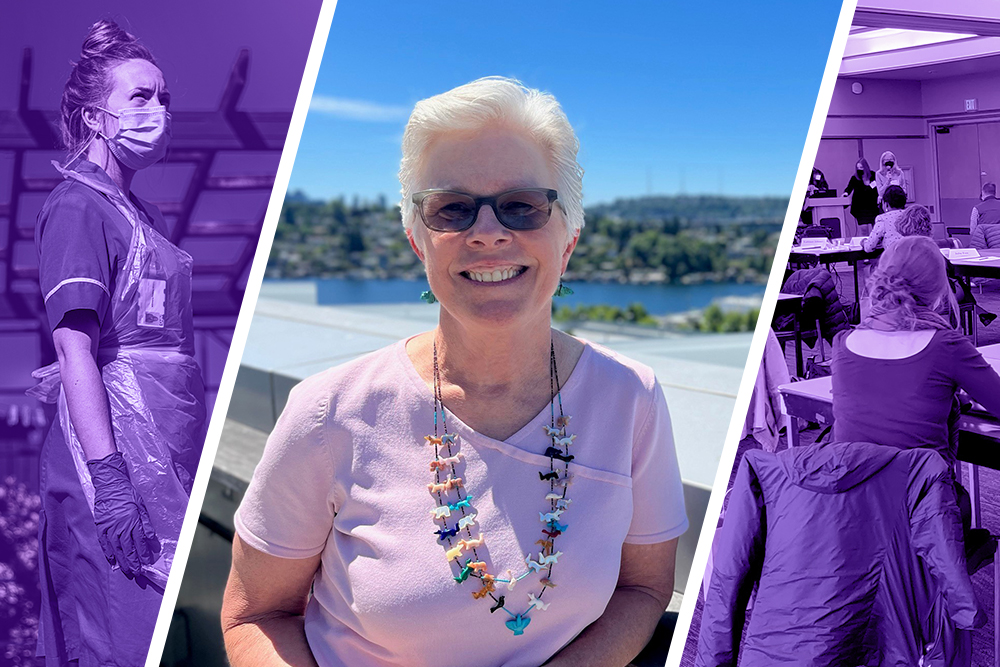
Emergency Distribution of Pharmaceuticals addresses an array of goals, skills, and outcomes.
The Northwest Center for Public Health Practice (NWCPHP) offers a wide variety of training opportunities for public health practitioners.
NWCPHP recently updated a no-cost training module focused on the emergency distribution of pharmaceuticals. We spoke with Andy Stergachis, a professor of pharmacy and global health, about the importance of this module in today’s world.
While he’s often engaged in work overseas, Andy noted that this updated training module is extremely relevant in Washington State, where many community pharmacies have been closing. “I’m particularly concerned about these closures,” Andy noted. “Several peers and I have been studying what we’re calling ‘pharmacy deserts,’ which are low-income communities that also have limited access to pharmacies. This is a growing problem in our state and across the country.”
“Pharmacy deserts will require a lot of attention from public health organizations, pharmacies, legislatures and the impacted communities” Andy added. “This is a very timely and important topic, and I think this updated module will help public health practitioners build constructive relationships with pharmacists so we can better serve people in need.”
“This training focuses on the challenges involved in providing medicines when we’re preparing for, or responding to, a public health emergency,” Andy explained. “When we hear ‘emergency,’ most of us probably think about COVID, but many local health departments and communities are regularly facing smaller events that require pharmaceutical countermeasures. This could be a measles outbreak, a spike in hepatitis cases, or even weather emergencies such as flooding, wildfires, or an earthquake. We need to be prepared for future epidemics and pandemics as well.”
“There are a multitude of needs to consider when we look at the logistics of preparing for and responding to an emergency,” Andy continued. “We’ve designed this training to cover a wide range of responses, and our examples take into consideration roles for everyone from those screening patients to those administering vaccines, all the way to those greeting patients at care centers. The beauty of this course is that it addresses a wide array of goals, skills and outcomes, so that any health provider who wants to be involved in an emergency response involving the distribution of medicines or vaccines can be better prepared.”
“As we updated this module, we worked with some great instructional designers at NWCPHP who made this very visually engaging,” Andy noted. “We’ve also included some excellent resources, such as template forms, informational brochures, and illustrative floor plans that are both practical and approachable for users.”
“One thing we focused on when redesigning this course was the importance of partnerships for successfully responding to emergency situations. When an emergency happens, often the need outstrips the supply, whether that supply is medicines, staff, or other demands. We don’t want to wait for a disaster to occur before we think about these things, and this module will help providers be proactive and create functional plans that prioritize well-organized networks in their communities before an event.”
Andy has spent significant portions of his career monitoring the safety and delivery of essential medicines in countries across the globe. He was recently elected a Fellow of the American Association for the Advancement of Science (AAAS), a lifetime honor that recognizes his “scientifically and socially distinguished achievements.”
Visit Emergency Distribution of Pharmaceuticals to start the self-paced course. It takes approximately one hour to complete, and participants can receive a certificate of completion upon finishing the course.


